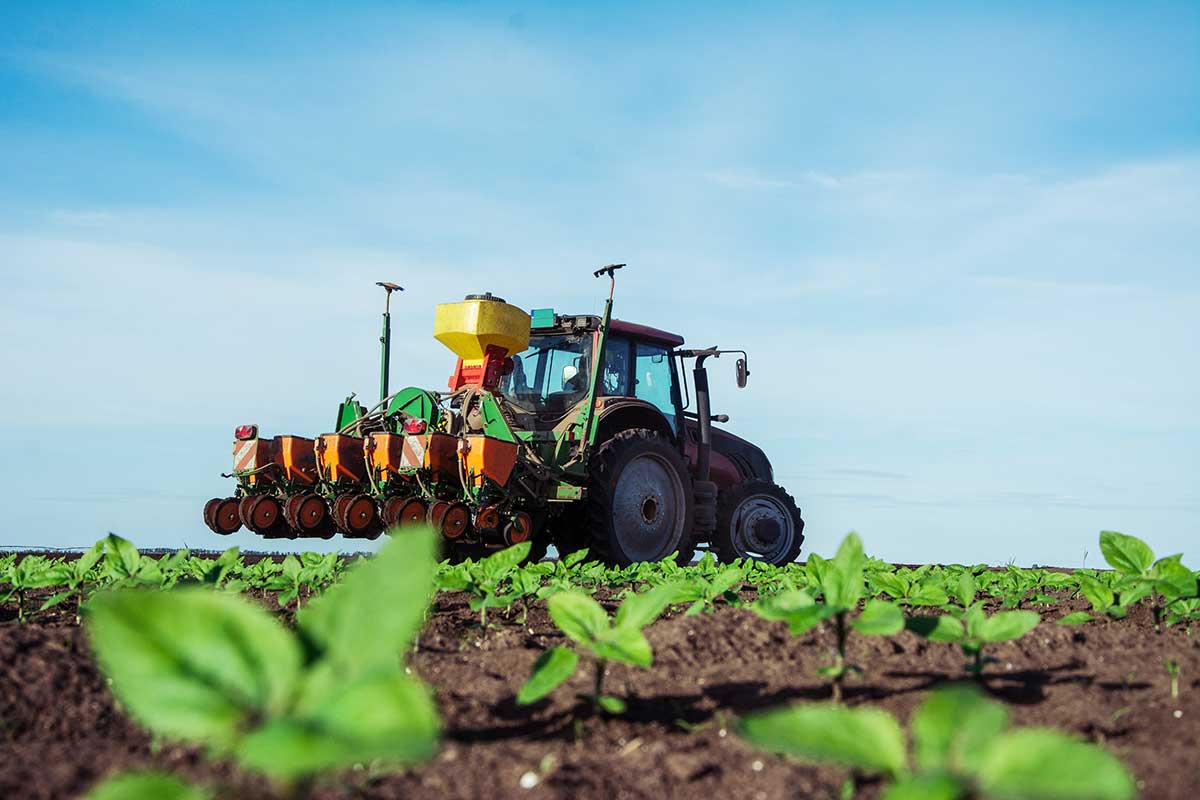The Caribbean region, with its tropical climate, rich biodiversity, and cultural heritage, is highly dependent on agriculture for food security, employment, and economic stability. However, traditional farming methods and the increasing impacts of climate change have led to soil degradation, loss of biodiversity, and declining crop yields. Regenerative agriculture is emerging as a transformative approach to address these challenges, offering a pathway toward resilient and sustainable agricultural systems.
What Is Regenerative Agriculture?
Regenerative agriculture is a holistic farming philosophy that seeks to restore soil health, enhance biodiversity, and improve ecosystem functions. Unlike conventional methods, which often emphasize maximizing short-term yields through intensive use of synthetic inputs, regenerative agriculture focuses on long-term sustainability by working in harmony with nature.
Key principles of regenerative agriculture include:
- Building Soil Organic Matter: By incorporating organic materials like compost and cover crops, regenerative practices increase soil fertility and its ability to retain water and nutrients.
- Minimal Soil Disturbance: Techniques such as no-till farming reduce soil erosion and maintain soil structure.
- Diverse Crop Rotations: Cultivating a variety of crops ensures nutrient balance and breaks pest cycles.
- Agroforestry and Perennial Crops: Integrating trees and shrubs into farming systems enhances biodiversity and carbon sequestration.
- Livestock Integration: Rotational grazing improves soil fertility while reducing methane emissions from livestock.

The Need for Regenerative Agriculture in the Caribbean
Agriculture in the Caribbean faces multiple challenges, including extreme weather events, rising temperatures, and degraded soils. According to a 2021 report by the Food and Agriculture Organization (FAO), the region’s soils are particularly susceptible to erosion due to deforestation and unsustainable farming practices. Additionally, Caribbean countries import approximately 80% of their food, making local agricultural sustainability critical for food security.
Regenerative agriculture presents an opportunity to combat these issues by:
- Replenishing degraded soils, enhancing their fertility and water-holding capacity.
- Reducing dependency on imported fertilizers and pesticides.
- Creating resilient agricultural systems capable of withstanding climatic shocks.
- Enhancing biodiversity, which is vital for ecosystem stability and pest management.
Success Stories in Regenerative Agriculture
Barbados: Restoration of Degraded Soils
In Barbados, the Future Centre Trust has implemented regenerative techniques to rehabilitate degraded lands. Through the use of cover cropping and composting, local farmers have improved soil structure, increased organic matter, and achieved higher crop yields. These practices have also reduced reliance on chemical fertilizers, cutting production costs.
Jamaica: Agroforestry for Resilience
The Blue Mountain Project in Jamaica has integrated agroforestry into coffee production. Farmers plant shade trees alongside coffee crops, reducing soil erosion and enhancing biodiversity. This approach not only improves the quality of coffee beans but also sequesters carbon and provides habitats for native species. Studies from the project show a 20% increase in coffee yield sustainability over five years.
Haiti: Rebuilding After Disasters
Haiti’s agricultural sector has suffered significantly from deforestation and natural disasters. Initiatives such as the Smallholder Farmers Alliance have promoted regenerative practices, including tree planting and no-till farming. These efforts have restored over 1,000 hectares of farmland and increased crop productivity by 50% in some areas, showcasing the potential for regenerative agriculture to revitalize communities.
Economic and Environmental Benefits
Soil Health and Productivity: Regenerative practices improve soil organic matter, leading to better nutrient availability and higher yields. According to a study by the Rodale Institute, farms employing regenerative techniques see a 78% increase in soil carbon levels within five years.
Water Management: Improved soil structure enhances water infiltration and retention, reducing vulnerability to droughts. This is particularly critical in water-scarce Caribbean islands.
Carbon Sequestration: Regenerative agriculture acts as a climate solution by capturing atmospheric carbon in soils and vegetation. The Intergovernmental Panel on Climate Change (IPCC) identifies regenerative farming as a key strategy for mitigating climate change.
Economic Viability: By reducing dependence on costly chemical inputs, regenerative agriculture lowers production costs. Additionally, premium markets for organic and sustainably produced goods provide higher incomes for farmers.
Challenges to Adoption in the Caribbean
While the benefits are clear, the adoption of regenerative agriculture in the Caribbean faces several barriers:
- Knowledge Gaps: Many farmers lack access to training and resources on regenerative techniques.
- Financial Constraints: Transitioning to regenerative practices often requires initial investments in equipment and materials.
- Policy Support: Inadequate governmental support and subsidies for sustainable practices hinder widespread adoption.
- Market Barriers: Limited consumer awareness of sustainably produced products reduces incentives for farmers.
Steps Toward Widespread Implementation
Education and Training: Regional agricultural organizations should prioritize training programs to familiarize farmers with regenerative techniques. The Caribbean Agricultural Research and Development Institute (CARDI) can play a pivotal role in this.
Policy and Incentives: Governments must develop policies that encourage regenerative practices, such as tax breaks or subsidies for farmers adopting sustainable methods.
Market Development: Building markets for organic and sustainably produced goods through certifications and public awareness campaigns will incentivize farmers.
Research and Innovation: Collaboration with universities and research institutions can drive innovations tailored to the Caribbean’s unique climate and soils.
The Role of Technology
Modern technology can accelerate the adoption of regenerative agriculture in the Caribbean. Tools like satellite imagery and soil sensors provide valuable data for precision farming, helping farmers monitor soil health and optimize resource use. Digital platforms can connect farmers to markets, training, and financial resources.
Conclusion: A Path to Resilient Agriculture
Regenerative agriculture offers a transformative solution for the Caribbean, addressing urgent challenges like soil degradation, climate change, and food insecurity. By embracing this holistic approach, the region can build resilient agricultural systems that support environmental health, economic prosperity, and food sovereignty.
As the Caribbean continues to face mounting challenges, regenerative agriculture stands out as a beacon of hope. With collaborative efforts among farmers, policymakers, researchers, and consumers, this innovative approach can redefine the future of agriculture in the region, ensuring sustainability for generations to come.

